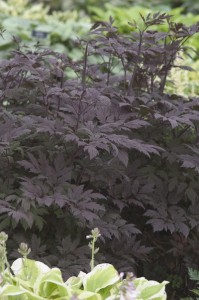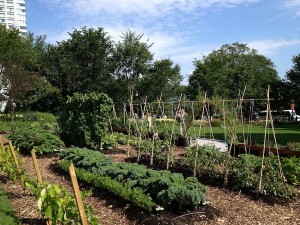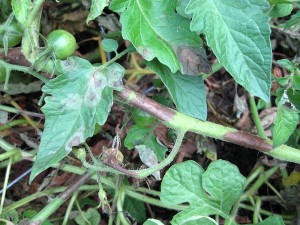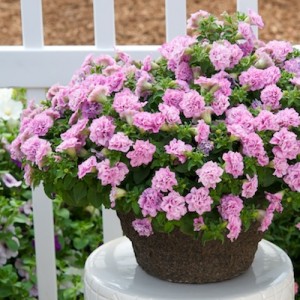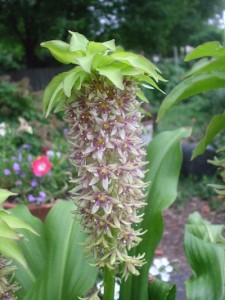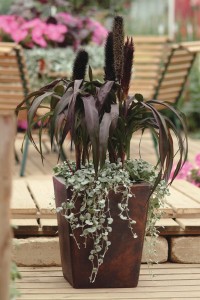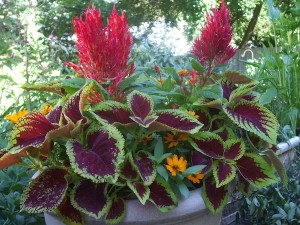The Midwesterners’ choices for late blooming perennials have taken a giant step past everyday chrysanthemums in the last several years. Ready for the late season spotlight are ...
Hoosier Gardener
Two Purdue Master Gardener classes in Indy this fall
Marion County Master Gardeners plant and maintain the All-America Selections Demonstration Garden at the Indiana State Fairgrounds. Photo courtesy Steve Mayer The Purdue Master ...
Quebec City, where everything seems to bloom at once
I just returned from six days in beautiful Quebec City. Nearly 400 garden writers gathered in the Canadian province, where French is the predominate language and the streets have a ...
Naked ladies thrill the late-summer garden
For an easy, try-this-at-home example of season extenders for garden beds, take a stroll along Hosta Curve at the Indianapolis Museum of Art. That’s what the IMA ...
Purdue detects late blight disease on tomatoes
Late blight disease was confirmed this week on several tomato samples from Tippecanoe County in west-central Indiana, leading the Purdue University Plant and Pest Diagnostic ...
Visit Garfield Park and vote for your favorite plant
(C) Jo Ellen Meyers Sharp If you’ve always wanted to have your voice heard in all those “best plants” categories, here’s your chance. At the top of the hill at the Garfield ...
Tropicals at their peak in the Hoosier Garden
Tropical plants cast just the right spell that gardeners need to weather the dog days of summer. By August, plants that thrive in the tropics are reaching their seasonal peak — ...
You Can Grow That! August 2013: Annual ornamental grasses
We usually think of ornamental grasses as hardy perennials, which many of them are. But, there are some fabulous ornamental grasses that are annuals or tender perennials grown like ...
Annuals earn top marks in summer trials
Even though I was quite late getting them potted up in containers, several new annuals have earned more than passing grades in their summer trials. Plant breeders have ...
HortusScope for August 2013
Here's HortusScope for August 2013, a checklist of garden and nature related events compiled as a public service by Wendy Ford of Landscape Fancies. Please click on the link below ...
